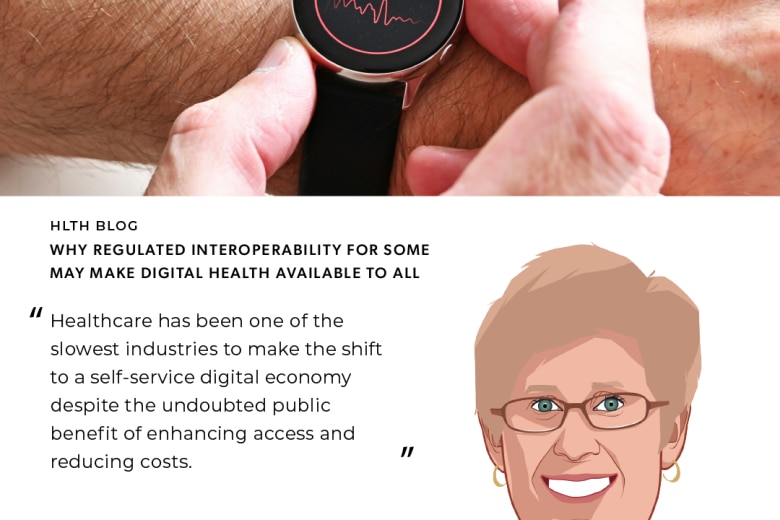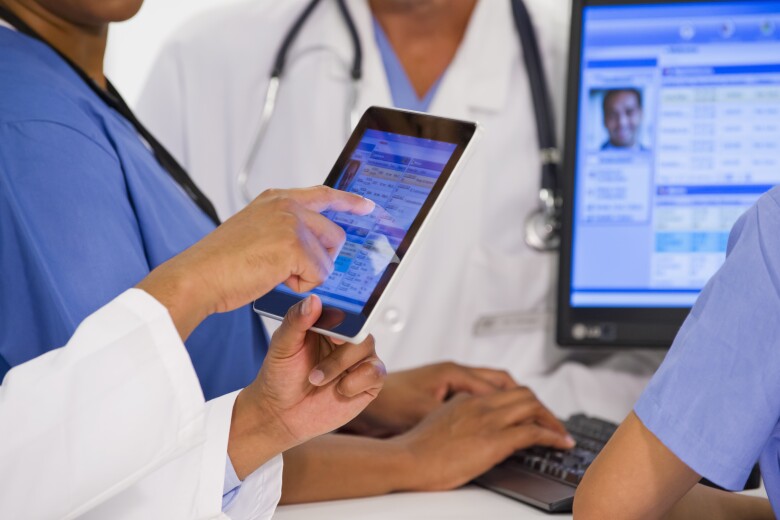A year ago at this time, I was COO and CIO at the Rhode Island Quality Institute (RIQI). I helped lead the organization’s rollout of Rhode Island’s statewide health information exchange, CurrentCare, built on top of InterSystems HealthShare. Here at InterSystems I’m now general manager for the state and public sectors in our HealthShare line of business.
One thing in particular really resonates with the InterSystems customers and prospects I speak with these days. That is how once you have a health information exchange (HIE) providing its basic, face-to-face care delivery benefits, you already have the technology for innovations that can take care and outcomes to the next level.
At the basic level in Rhode Island, we used CurrentCare to deliver a comprehensive patient record, aiming for:
- Fewer duplicative lab tests
- Better medication reconciliation
- Better care decisions
- Faster time-to-diagnosis
The data that CurrentCare aggregated from hospitals, labs, and physician practices across the state allowed us, for example, to spot a 6-16% rate of test duplication, depending on test. The capabilities required to deliver this and other benefits included:
- Aggregation and normalization of patient data from many systems
- Patient-level “accounts” containing all of their data
- A portal for patient and clinician access
- Near real-time event flow
- The ability to interpret transactions
- Security, auditing, and access control
- The ability to execute logic
- The ability to drive workflows
- Connections to the wider healthcare ecosystem
- Presentation layer options
- A longitudinal view of patient data over time
These same capabilities are essential for effecting change in healthcare through innovative uses of HIE.
Can you reframe that question?
The path to innovation became one of asking the right questions about problems we faced, and making incremental changes to the HIE platform we already had to answer them. For example, we asked, what is our lowest cost, most automated, and system-wide way to improve care coordination?
We looked at two key transition points in care – admissions and discharges from the emergency room or hospital. With CurrentCare’s connections to most of the hospitals in Rhode Island, we already had the ADT (admission, discharge, transfer) transactions flowing through our system. All we had to do was to automate notification of clinicians when one of these events is detected for their patients. Of the capabilities already in our HIE, we only had to tweak four to get the results we wanted, and get them quickly
- The ability to interpret transactions: Looking specifically at admission and discharge messages
- The ability to execute logic: Identifying the primary care physician for the patient
- The ability to drive workflows: Sending a notification to the provider
- A longitudinal view of patient data: Tracking our metric of readmission rates over time
When comparing 30-day readmissions for patients whose primary care physicians participated in our HIE and received alerts – compared with those that did not – we saw a nearly 16% decline in the readmissions rate (from 15.9% down to 13.4%).
Innovation floats to the top
The capabilities that were already in the state HIE, or that represented incremental changes, led us to think about other creative possibilities.
For example, we saw that the capabilities of Rhode Island’s CurrentCare could be a relatively quick and low-cost way to help the public health department. An idea that the Director came up with was focusing on increased Chlamydia screening rates. If he wants to pursue it, just two tweaks – one in looking at lab feeds, the other looking into the longitudinal patient record – could enable CurrentCare to help.
Another innovation we considered was using CurrentCare’s comprehensive patient data, and the patient portal, to print a “boarding pass” for patients before visiting a medical facility for the first time. The QR code on the pass would enable transfer of demographics, family history, and other static information to the facility’s registration system. Patients loved the idea of not having to fill out forms with the same information over and over again.
These innovations and many others are the “cream,” so to speak, that rises to the top of the HIE milk. Every day the exchange is aggregating comprehensive health data for every patient. If your HIE platform is fully featured, then you already have many of the capabilities to use that information in innovative ways to improve care and reduce costs. And you’ll be able to see metric-based feedback on your success over time that can drive the “Plan, Do, Study, Act” cycles of transformational change.
If you’d like to hear about other innovations, or have ideas you’d like to discuss, please leave a comment below and I’ll respond.






































